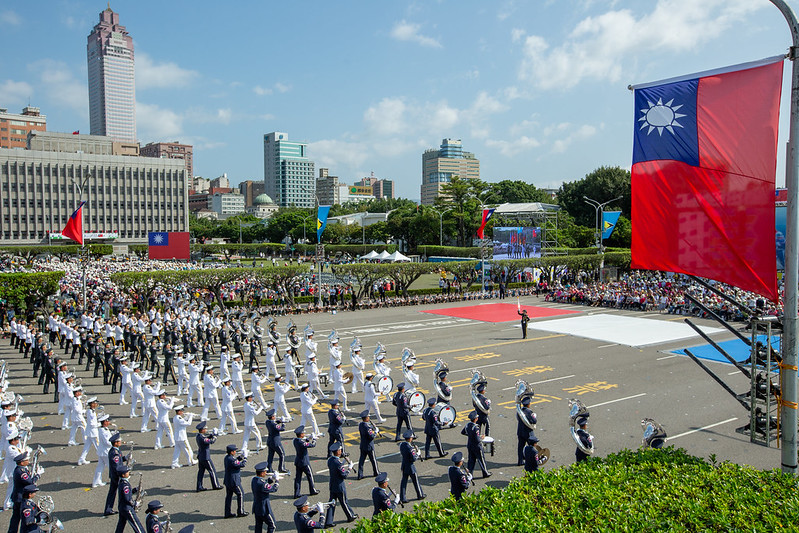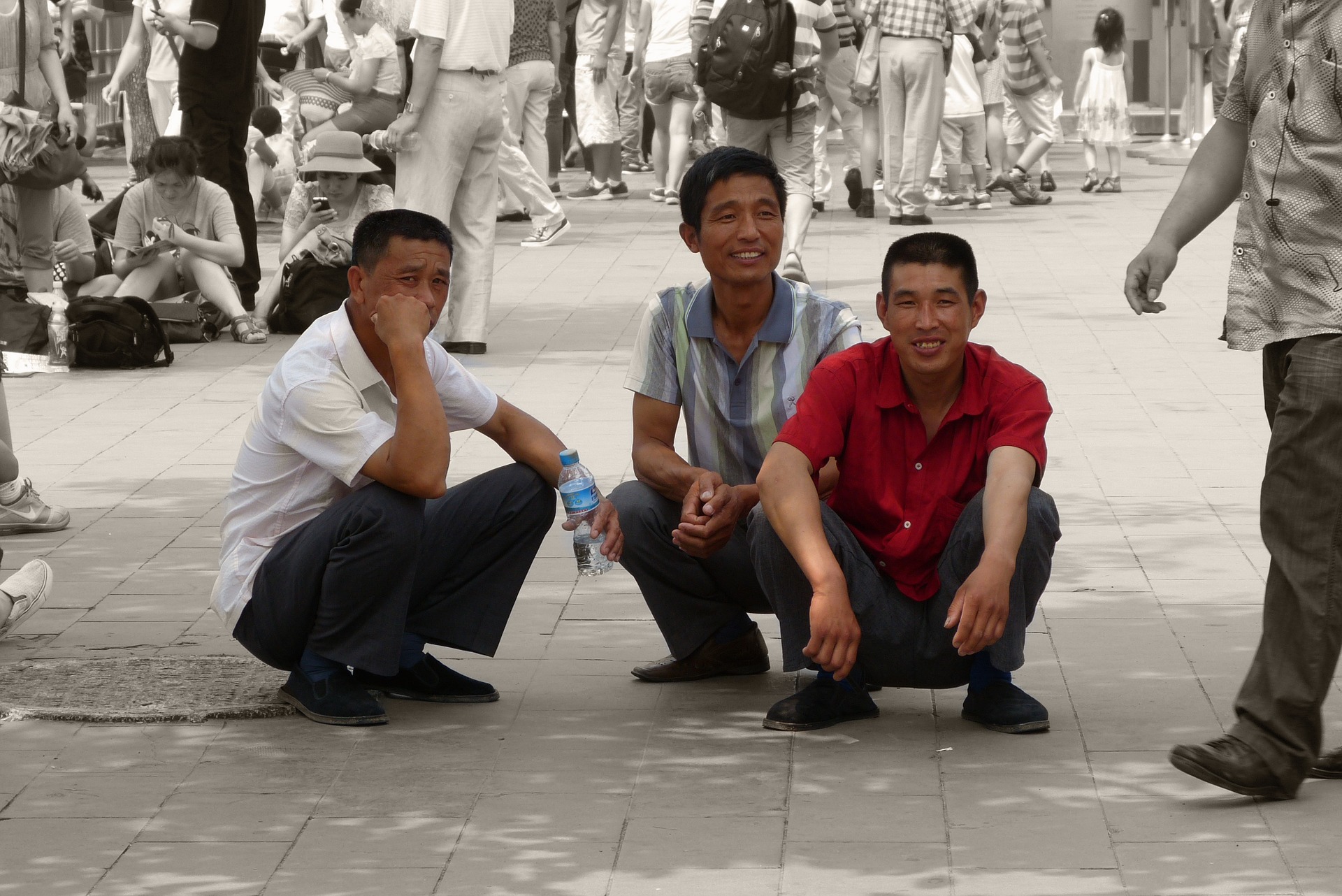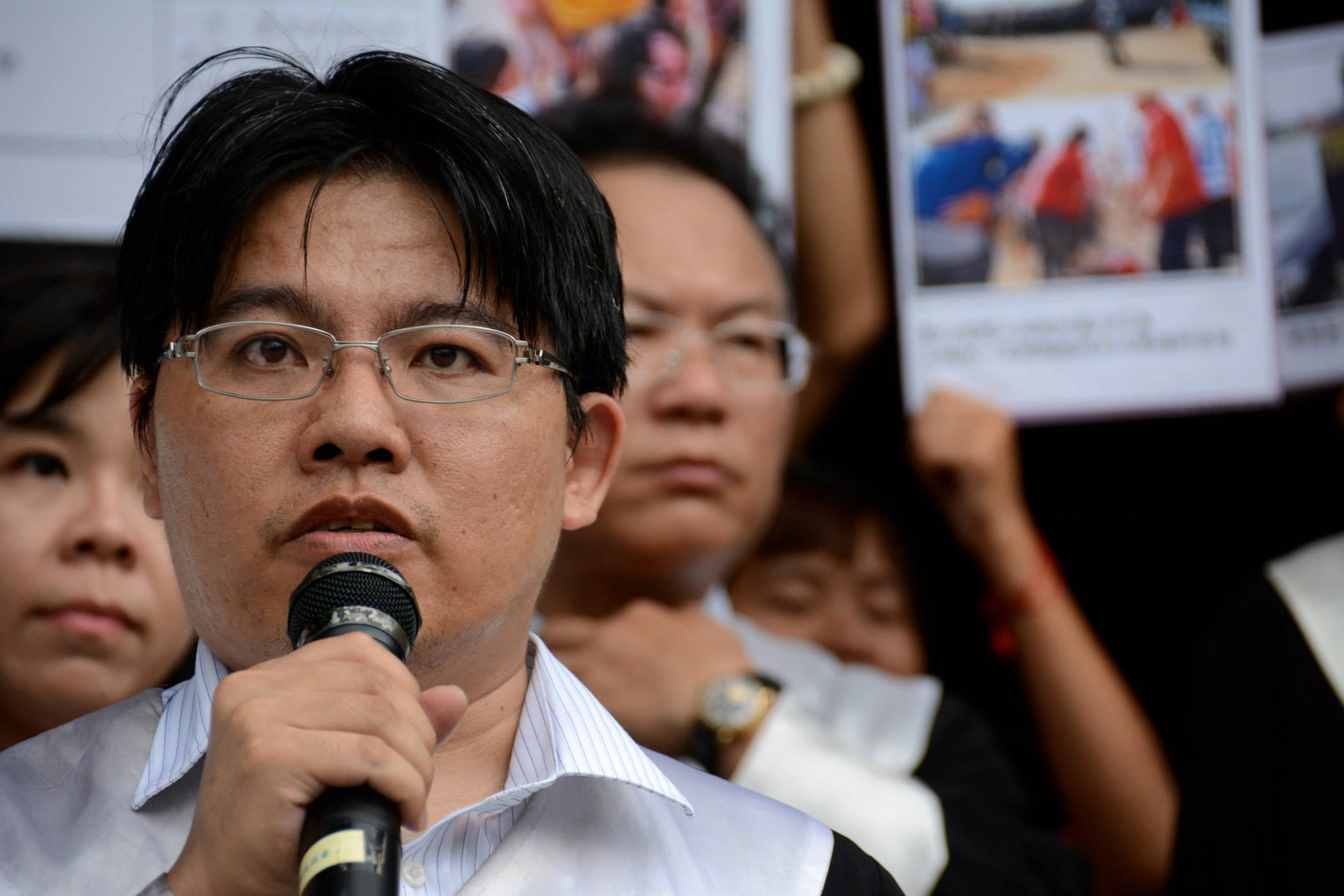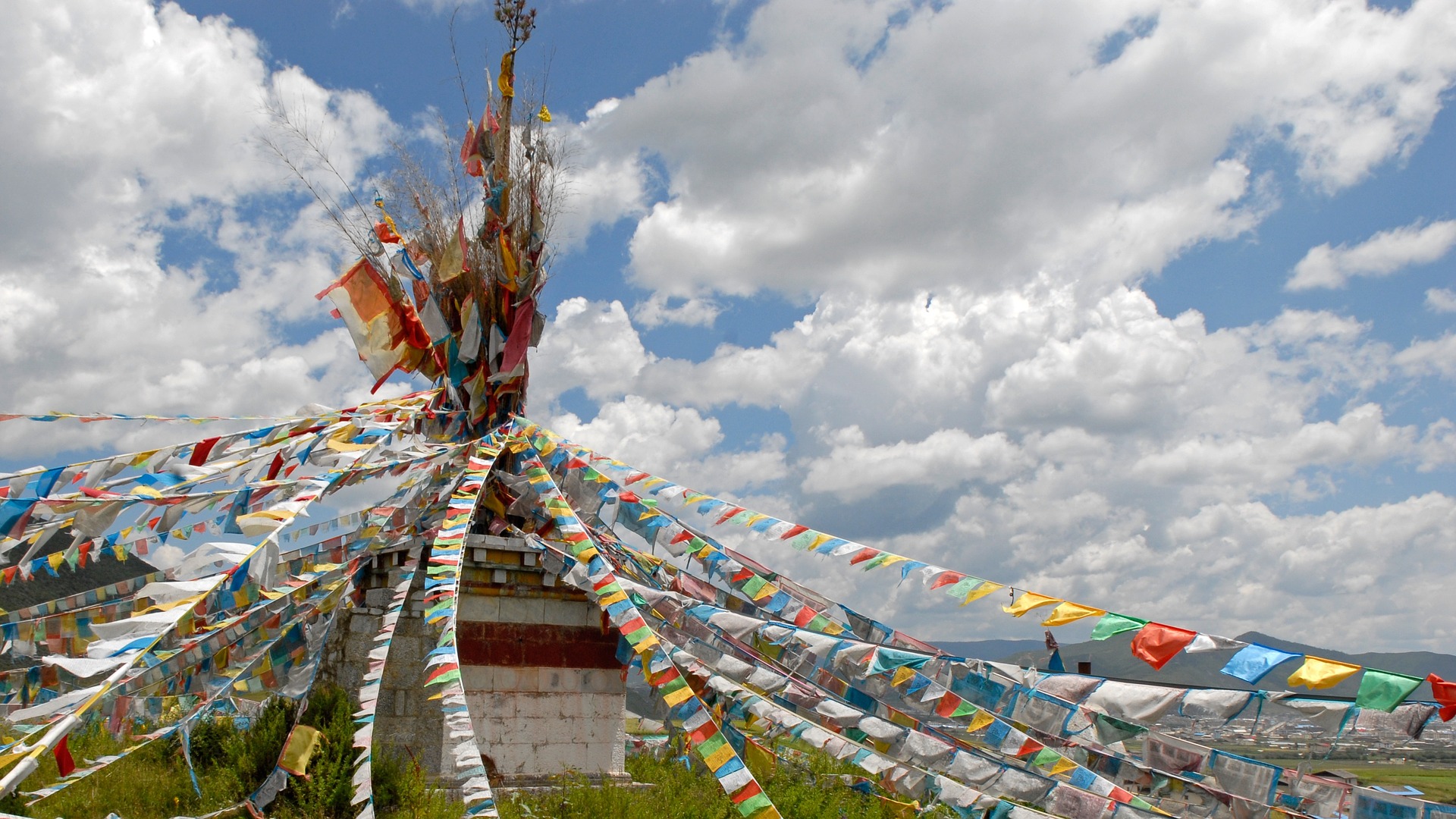In his latest book, professor Bruce Jacobs walks us through the key trials surrounding the Kaohsiung Incident and gets down and personal with his own troubles with the Taiwanese authorities at the time.
Following his sweeping history of Taiwan’s democratization (Democratizing Taiwan, Brill: 2012), Taiwan hand Bruce Jacobs in his latest book narrows the scope of his research by focusing on the Kaohsiung Incident of 1979-1980 and the trials of pro-democracy activists that followed.
In this slim two-part volume titled The Kaohsiung Incident in Taiwan and Memoirs of a Foreign Big Beard, Jacobs provides the context in which the events leading to the transformative incident occurred — what he calls the “Dangwai setting” when civil society pressured the authoritarian Kuomintang (KMT) to open the space for political participation — and through a blow-by-blow exploration of the military trial of eight key defendants shows how those developments ultimately contributed to Taiwan’s democratization. Most of the defendants, along with their defense lawyers, would eventually assume key positions in the Democratic Progressive Party (DPP) and later on in government.
While celebrating the fact that Taiwan’s democratization was relatively bloodless and peaceful, Jacobs nevertheless laments the fact that Taiwan never went through a proper process of Truth and Reconciliation, which continues to handicap the quality of Taiwan’s democracy.
Part I, which constitutes the bulk of the book, is relatively straightforward and is short enough to serve as a useful introduction for readers who aren’t familiar with Taiwanese history. The key incidents are described, and just enough biographical information is provided to understand who the principal players are and why they matter.
 Far more personal is the second part of the book, where Jacobs describes the murder of the mother and twin daughters of activist Lin I-hsiung (one of the defendants first discussed in Part I) and how the atrocity affected the author’s own safety and freedom. Here the tale turns Kafkaesque, with a cast of characters from law enforcement, the KMT and local media who conspire, if the term is the right one, to turn Jacobs’ presence in Taiwan at the time into a nightmare. From a foreign academic and friend of the Lin family who offered his assistance to help resolve the brutal murder of innocents, Jacobs is turned into a witness and then a suspect, a journey into darkness that results in his being followed, interrogated, mentally tortured, held hostage, and blacklisted.
Far more personal is the second part of the book, where Jacobs describes the murder of the mother and twin daughters of activist Lin I-hsiung (one of the defendants first discussed in Part I) and how the atrocity affected the author’s own safety and freedom. Here the tale turns Kafkaesque, with a cast of characters from law enforcement, the KMT and local media who conspire, if the term is the right one, to turn Jacobs’ presence in Taiwan at the time into a nightmare. From a foreign academic and friend of the Lin family who offered his assistance to help resolve the brutal murder of innocents, Jacobs is turned into a witness and then a suspect, a journey into darkness that results in his being followed, interrogated, mentally tortured, held hostage, and blacklisted.
Jacobs’ snappy sense of humor emerges throughout, as does his resilience in the face of terrible odds. Even then, his ordeal shows that the authoritarian KMT was not monolithic and that there were officials who were ready to do the right thing (several friends of Jacobs in government also turned out to be cowards) by helping the foreign academic clear his name and leave the country. The fact that Taiwan was fearing abandonment by the U.S. at the time and was sensitive to its reputation abroad may also have helped Jacobs, an advantage that far too often doesn’t apply for people who face similar situations in China today. It is clear that foreign diplomats based in Taiwan, as well as the foreign correspondents who covered the developments surrounding the Lin family murders and Jacobs’ inadvertent involvement in the case, played a large role in securing his release. No matter the period, such networks always go a long way in ensuring that authoritarian governments are kept in check and that the more sensible minds in the system are able, or feel confident enough, to do what is right by the victims.
To this day, and despite several inquiries (including one conducted on behalf of the Ma Ying-jeou government) and democratization, the Lin family murders remain unresolved, and Jacobs does little to hide his contempt for this fact. Given this, it is difficult to avoid the conclusion that someone high in government or the security apparatus was directly involved and has since been protected by the authorities. We just do not know, and the failure of successive governments to shed light on this dark chapter in the nation’s history is also part of the nation’s inability thus far to engage in truth and reconciliation.
Jacobs’ brief history of a traumatic period in Taiwan’s not-too-distant-past is a reminder that democratization is not an end state but rather a process that is never completely achieved. No doubt Taiwan’s democracy has matured over the years and is now the envy, for all its boisterousness, of many countries in the region; but it is incomplete, and will remain handicapped as long as its traumatic past isn’t dealt with squarely and honestly, not in the spirit of retribution, but rather as a means to understand what happened and heal the wounds.
Book Details
The Kaohsiung Incident in Taiwan and Memoirs of a Foreign Big Beard,
J. Bruce Jacobs
Brill (2016)
178 pp
You might also like
More from Book Reviews
Lawyer, Advocate, Activist: Chiu Hsien-chih’s Vision for Justice in Taiwan
In his book ‘Stand By You,’ human rights lawyer Chiu Hsien-chih examines major human rights cases, problems with Taiwan’s legal …
New Book of Tibetan Short Stories Challenges China Narrative
‘Old Demons, New Deities’ will resonate in Taiwan, a country that, like Tibet, is torn between the competing realities of …









